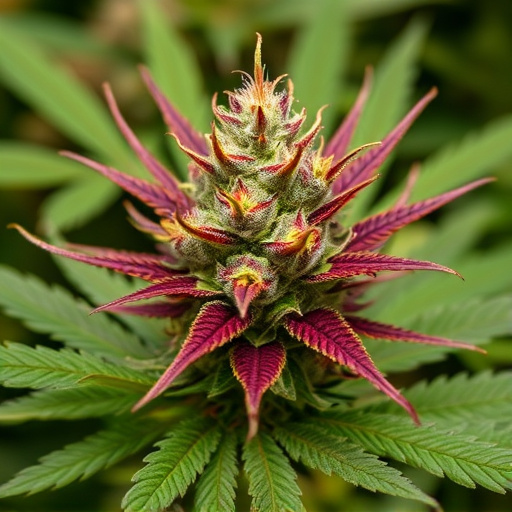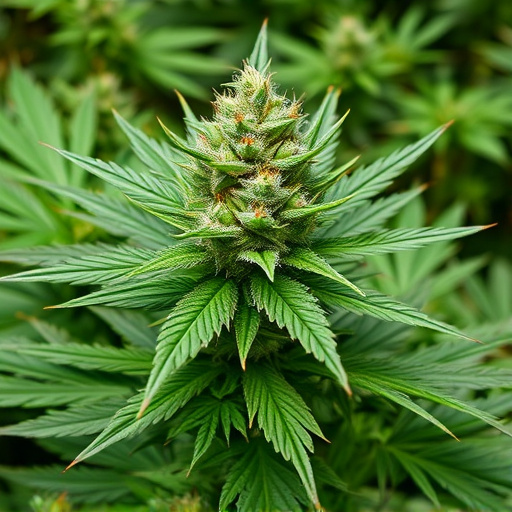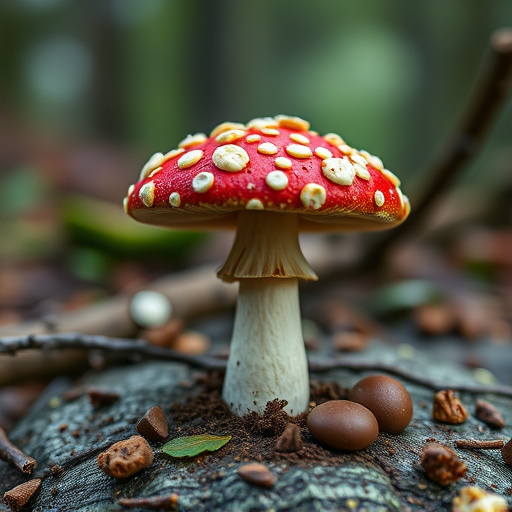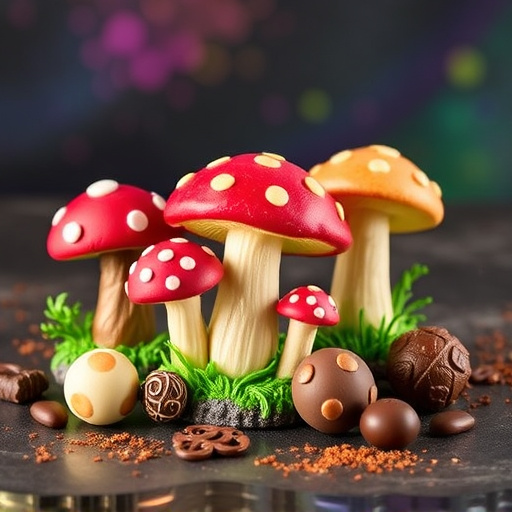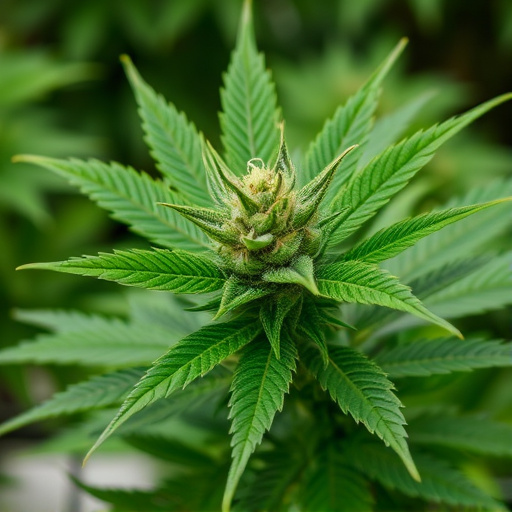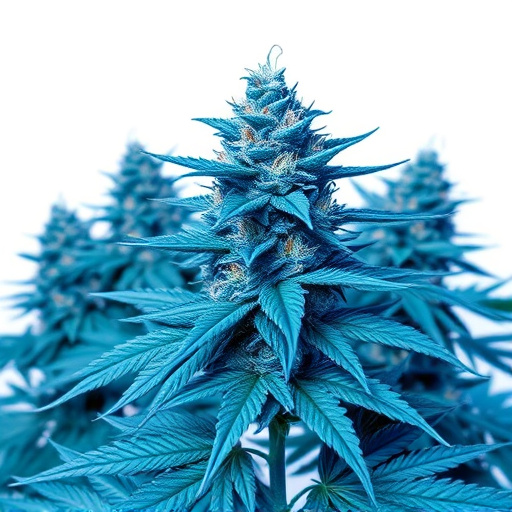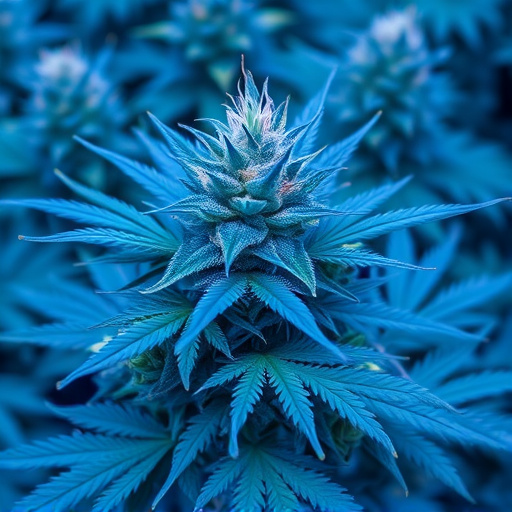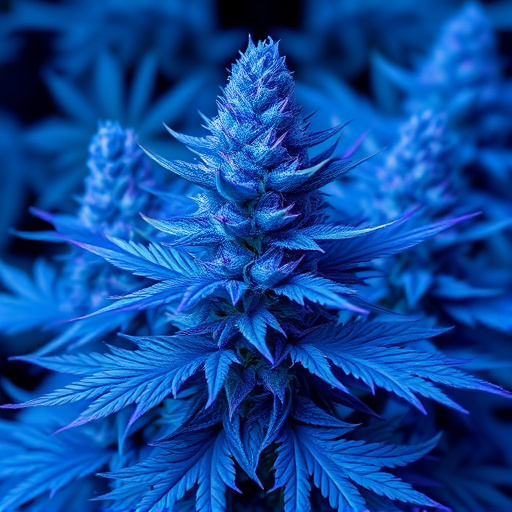Blue cannabis strains, deeply rooted in regions like the Himalayas and Mediterranean, offer unique medicinal benefits with high CBD and low THC levels. These landrace varieties, preserved by local communities for centuries, showcase remarkable natural adaptations and genetic diversity. Valued for their subtle effects and cultural significance, blue strains empower consumers to make informed choices while promoting sustainable and ethical cannabis consumption.
In the ever-evolving cannabis landscape, understanding landrace strains is vital for both enthusiasts and industry professionals. This article explores the unique characteristics of landrace cannabis, with a specific focus on the historical and cultural importance of blue cannabis strains. We delve into how these ancient varieties contribute to responsible consumption, offering distinct benefits that set them apart from modern hybrids. Discover why preserving landraces is key to embracing a rich cannabis heritage.
- Unlocking the Unique Characteristics of Landrace Strains
- The Historical and Cultural Significance of Blue Cannabis Strains
- How Landrace Varieties Contribute to Responsible Cannabis Consumption
Unlocking the Unique Characteristics of Landrace Strains

Landrace strains, deeply rooted in their respective geographic regions, offer a unique glimpse into the diverse world of cannabis. By studying and cultivating these ancient varieties, we unlock a treasure trove of characteristics that set them apart from modern hybridized breeds. From potent terpene profiles to distinct medicinal properties, blue cannabis strains, originating from places like the Himalayas or the Mediterranean, often boast high levels of CBD and low THC, making them ideal for those seeking relief without the psychoactive effects.
These landraces have been carefully preserved over centuries by local communities, allowing them to adapt and thrive in their specific environments. This natural selection process has resulted in unique adaptations, such as resilience to harsh climates or resistance to common pests, ensuring their survival and providing growers with a rich genetic diversity to work from.
The Historical and Cultural Significance of Blue Cannabis Strains
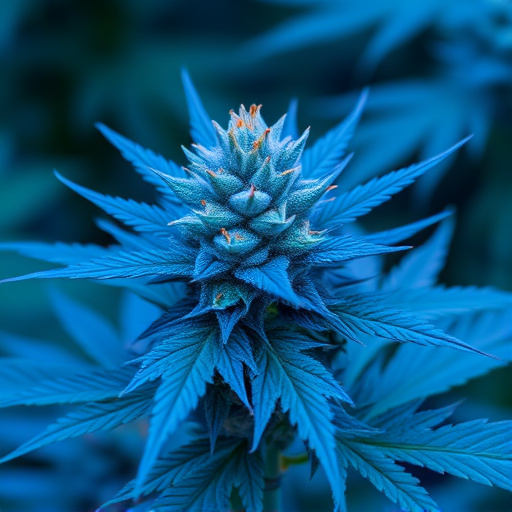
Blue cannabis strains hold a unique and historical place in the tapestry of cannabis culture. These varieties, often prized for their distinct appearance and subtle effects, have been a part of human history for centuries. Their cultural significance is deeply rooted in various regions around the world, where they have been cultivated and cherished for their medicinal and recreational properties. The term “blue” in this context doesn’t refer to a specific chemical compound but rather to the unique hue exhibited by many such strains, often characterized by a distinct blue or purple tint in their flowers.
Historically, blue cannabis strains have been associated with various indigenous communities who have passed down knowledge of their cultivation and use from generation to generation. These plants were valued for their ability to provide both physical and mental relief without causing debilitating side effects. In modern times, the resurgence of interest in landrace strains has led many cultivators and enthusiasts to appreciate and seek out these ancient varieties, ensuring that their genetic diversity and cultural heritage are preserved for future generations.
How Landrace Varieties Contribute to Responsible Cannabis Consumption

Landrace varieties, or blue cannabis strains, play a significant role in promoting responsible consumption by offering a range of unique properties and effects tailored to different user needs and preferences. These authentic strains, often preserved for centuries, carry genetic traits that result in distinct terpene profiles and cannabinoid concentrations. This natural diversity allows consumers to make informed choices based on their desired experience, whether seeking relaxation, pain relief, or creative inspiration.
Moreover, focusing on landrace strains fosters a more sustainable and ethical cannabis culture. By preserving these indigenous varieties, we protect the genetic diversity of cannabis, ensuring future generations have access to a wide array of options. This approach contrasts with mass-commercialization trends, which often prioritize hybridization for specific effects or yield, potentially reducing genetic variety over time. Thus, embracing landrace blue strains encourages a responsible and mindful cannabis consumption experience.
Landrace strains, with their distinct characteristics and historical significance, play a vital role in responsible cannabis consumption. By understanding and preserving these unique varieties, particularly the renowned blue cannabis strains, we honor traditional cultures and promote sustainable practices. These ancient plants offer a wealth of knowledge for modern cultivation and contribute to a diverse cannabis landscape, ensuring consumers have access to a wide array of options with specific effects and medicinal benefits.
